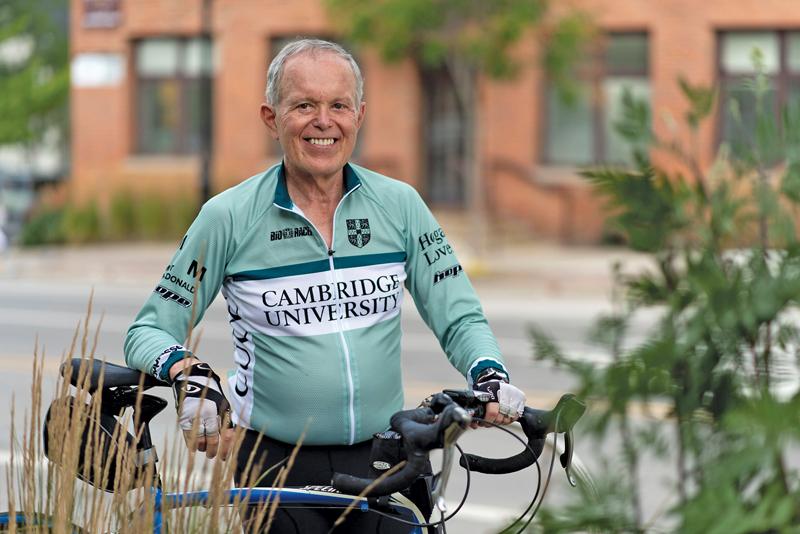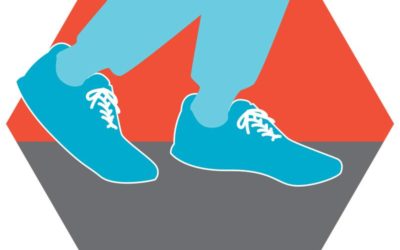One ring?
Ann Arbor has one ring road encircling it?
Or, as lively as our city is, is it just a one-ring circus compared to bigger cities?
I mean something entirely different: how favorable our city’s topography is for bicycles.
This revelation came to me during my thrice-weekly ride up and back Huron River Dr. My sixteen-speed road bike has two chain rings on the front and a hub of eight smaller ones on the rear wheel. It’s hard to visualize their interaction, but cyclists constantly change gears without thinking about it as we climb and descend hills. The fewer times we change gears, the smoother and more relaxed the ride.
So, why is Ann Arbor a one-ring city? There are lots of hills, but none of them are particularly steep or long. It’s possible to pedal up them without changing the front chainring.
It’s not a big deal, but it highlights what ideal terrain greater Ann Arbor offers to cyclists: not too hilly and not too flat, with numerous roads radiating out from downtown that allow many itineraries.
W. Huron River Dr. is near perfect in its curves, straightaways, hills, and scenery. I can just barely get up the steepest hill, sometimes called Heartbreak Hill, using only the large chain ring. (At age seventy-three, I’m not sure about next year!) But the uphill challenge is equaled by the exhilarating descent on the opposite leg of, say, a thirty-mile round trip to Hudson Mills Metropark. I should know, having ridden it some 1,500 times.
—
The other wonderful aspect of biking in Ann Arbor is how easy it is to get around downtown. Many streets have bike lanes, and most are relatively flat. My eight-speed city bike has only one front chain ring, but enough gears in the rear to negotiate any hill in the city center.
I live in Kerrytown, and it’s stunning how many places are accessible on a bike: shops, ATM, library, post office, dentist, chiropractor. Sometimes I can hit four or five in one ride, which saves an immense amount of time and is smugly satisfying for its sheer efficiency. My errands don’t involve heavy loads, but for those that do, cargo bikes can carry considerable weight–I’ve seen as many as two kids or three dogs in a front compartment.
Biking is the most energy-efficient, carbon-neutral way to move through space. It is roughly twenty times more energy-efficient than personal cars and trucks. TreeHugger blogger Lloyd Alter writes: “The energy content of the gasoline used by the typical office commuter each year is comparable to the energy used by his or her share of the building where he or she works … So in fact, getting someone out of a car and onto a bike is equivalent to going net-zero … it appears to be the single most important energy and fossil fuel saving measure that we can do.”
When bicycling first swept the nation in the 1890s, some people proclaimed it morally hazardous. David McCollugh writes that previously children and youth were unable to stray very far from home on foot. But with bikes, “fifteen minutes could put them miles away. Because of bicycles, it was said, young people were not spending the time they should with books, and more seriously that suburban and country tours on bicycles were ‘not infrequently accompanied by seductions.'”
Suffragist Susan B. Anthony was all for it. Bicycling, she said, did “more to emancipate women than anything else in the world. It gives women a feeling of freedom and self-reliance.” Arthur Conan Doyle wrote: “When the spirits are low, when the day appears dark, when work becomes monotonous, when hope hardly seems worth having, just mount a bicycle and go out for a spin down the road, without the thought of anything but the ride you are taking.” My wife, Kathleen, also an avid cyclist, calls it the zen of biking.
Save your psyche, your health, our one-ring city, and our planet by cycling!




